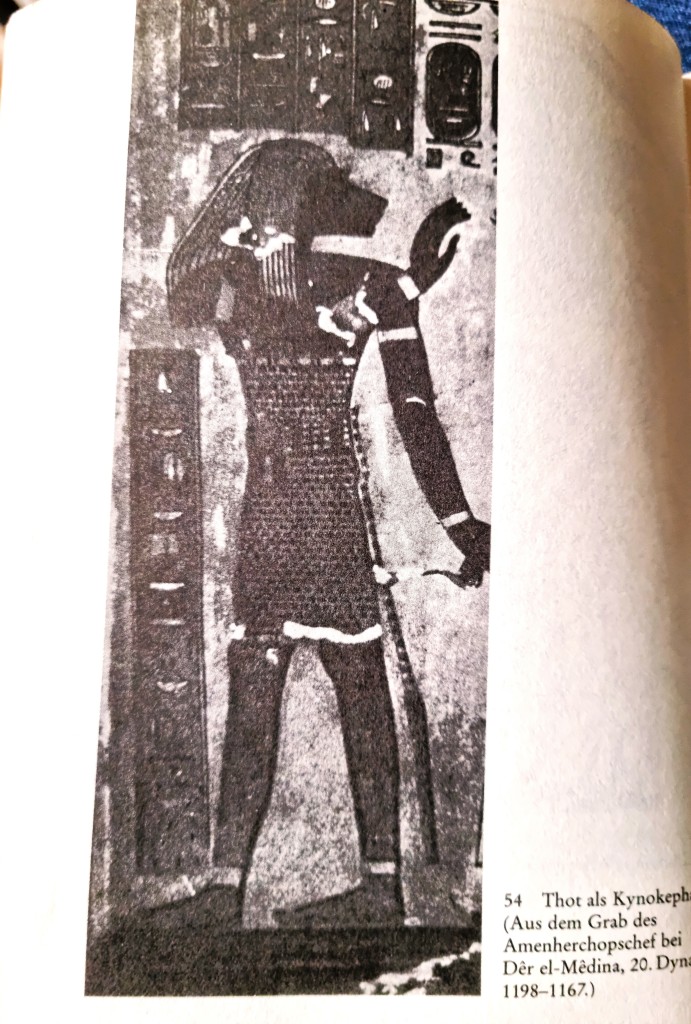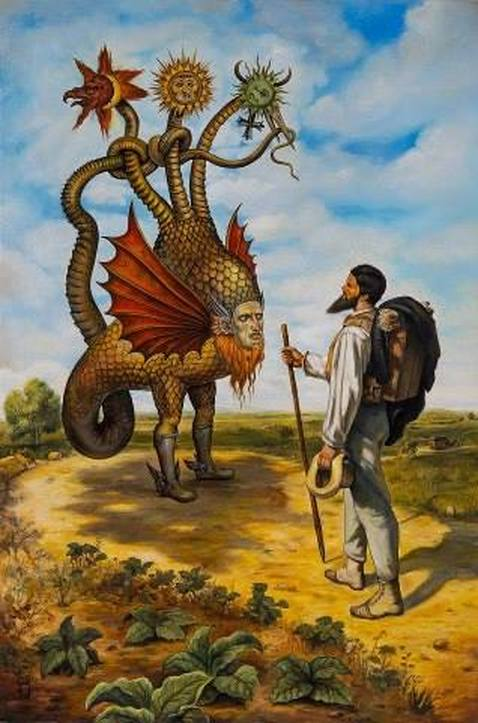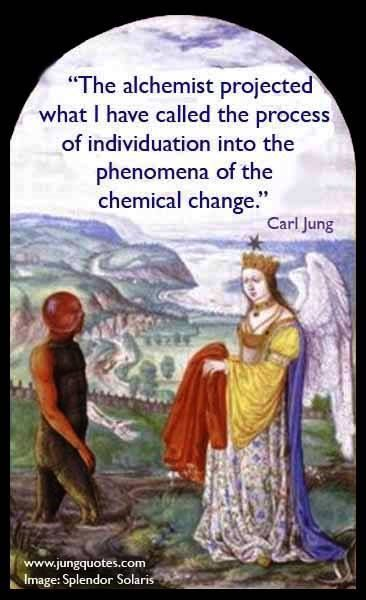We have now reached the final part of the analysis of this dream: (1, 2, 3, 4) the matter of the square and everyone walking counterclockwise around as the dreamer is not in the middle but on one side. I picked this dream from his collection of dream analyses with the help of the mandala symbol. (I have shared other interpretations and will continue to do so.)
Here is a short explanation by Dr Jung on Mandalas and their meaning in comparison between the East and the West which he got the chance (as he wrote;) In 1938, I had an opportunity to meet and speak with a lamaistic Rinpoche named Lingdam Gomchen in a Monastery of Bhutia Busty (near Darjeeling) about the Mandala (Khilkor). He explained it as a “dmigs-pa” (pronounced migpa), a mental picture (imago mentalis) which can only be constructed by imagination by a trained lama. No mandala is like the other; they are individually different. Also, the mandalas you see in monasteries and temples have no special meaning since they are only external representations. The true mandala is always an inner image, which is gradually constructed by (active) imagination when a disturbance of mental balance or thought cannot be found and must, therefore, be sought because it is not included in the sacred doctrine.
There are some texts, such as Shri-Chakra-Sambhara-Tantra, which contain instructions for making the “mental image”. The “khilkor” is strictly separated from the “sidpe-korlo”, the wheel of life (Fig. 29), representing the course of human existence according to the Buddhist view. In contrast to the “khilkor”, the wheel of life consists of a ternary system, namely the rooster = lust, the snake = hate or envy, and the pig = ignorance or unconsciousness (avidya). Here, we throw out the dilemma of three and four, which also play a role in Buddhism. We will reencounter this problem as the Dream Series progresses. (From The Serpent Power, hrsg. von Avalon, 1919)
Alchemy and Its Phases—A Road Map for Individuals and Cultures:
These four phases—nigredo, albedo, rubedo, citrinitas—describe the stages of alchemical change not only on the individual level. Jung recognized that “the collective psyche shows the same pattern of change as the psyche of the individual. This being so, collective life would manifest the following:
In the nigredo phase: fires, floods, epidemics and natural disasters, plane crashes and other events that leave hundreds or thousands dead; inflation, in the economic sense of rising prices; the discovery of rot and corruption in the public sphere, in corporations and in government; greed, with the basic motivation being money, with people being “bought” in a variety of ways, and the political system held hostage by the plutocrats or moneyed interests; large segments of the population not understanding what’s going on in the world, experiencing confusion, disorientation, feelings of being “out of the loop,” shut out of public life; sickness of spirit, with many signs of spiritual malaise, e.g. widespread substance abuse, domestic violence, child abuse, sexual violence; anxiety and irritability, along with a rash of psychosomatic illnesses, a rise in mental illness and more minor forms of madness like “road rage.”
in the albedo phase: confrontations between the sexes; public debates about the role of women in the public sphere; protests and agitation for more equal rights for women and minorities; more push to integrate women and minorities into the mainstream of our collective life
in the rubedo phase: more discussion of unity, the interdependence of all beings (not just human beings), the preciousness of life, a growing reverence for life and Earth, our planet that sustains our life; and the appearance of new attitudes and concerns (e.g. the growing planetary awareness of global warming)
in the citrinitas phase: new ways of being and living that create a world that works for everyone, all beings, not just humans; the rise of a way of living and working that sustains natural systems, that provides spiritual fulfilment and economic justice to all. Visionaries in indigenous cultures hundreds of years ago have provided descriptions of this phase as a time of peace (all sources of conflict are gone), union (all recognize that we are one), life directed by the Creator, with everyone understanding the cosmic plan; everyone being able to communicate with everyone and everything else (i.e. telepathy is the usual way communication occurs); a single currency, with no governments; love and joy being experienced all the time. From Jung’s Prophetic Visions
The third degree of [Alchemical] conjunction is universal: it is the relation or identity of the personal with the supra-personal atman and of the individual Tao with the universal Tao. . . . ~Carl Jung, CW 14, Para 762
Just as some alchemists had to admit that they never succeeded in producing the gold or the Stone, I cannot confess to having solved the riddle of the coniunctio mystery.
On the contrary, I am darkly aware of things lurking in the background of the problem-things too big for our horizons. ~Carl Jung, Letters Vol. II, Pages 392-396
The image on top: Inner Oracle by Carlos-Quevedo
And now, the final part of the dream analysis:
The Mandala Symbolism (Dream 16) P.4
There are a lot of people there. Everyone walks counterclockwise around the square. The dreamer is not in the middle but on one side. It is said that one wants to reconstruct the gibbon.
If taken seriously, the symbolism of the renewal rites points beyond the merely infantile and archaic to that innate psychological disposition, which is the result and deposit of all ancestral lives back to animality; hence, the ancestral and animal symbolism. These are attempts to abolish the separation of consciousness from the unconscious, which is the actual source of life, and to reunify the individual with the mother soil of the inherited, instinctive disposition. If such renewal rites did not have pronounced effects, they would not only have died out in ancient times, but they would never have come into being at all. Our case proves that even if the conscious mind is miles away from the ancient ideas of the renewal rite, the unconscious tries to bring them closer to the conscious mind in dreams. The autonomy and self-sufficiency of consciousness are properties without which it would not come into being at all. Still, it also means the danger of isolation and desolation by creating an unbearable alienation from instinct by splitting off the unconscious. But lack of instinct is the source of endless trials and tribulations.
Finally, the fact that the dreamer is not in the “centre” but on the side clearly indicates what will happen to his ego: he will no longer be able to claim the central place. Still, he will probably have to go with him to the position of a satellite or at least a planet rotating around the sun. The important place in the middle is apparently intended for the gibbon to be reconstructed. The gibbon is one of the anthropoids and, due to its human kinship, is a suitable symbol to express that part of the psyche that extends into the subhuman. Using the example of the Cynocephalus (baboon; Fig. 54), which was associated with Thoth-Hermes, which was the highest ape known to the Egyptians, we have seen how, thanks to its relationship to God, it is suitable to express that part of the unconscious which exceeds the level of consciousness.

Thoth as Cynocephalus. From the grave of Amenherchopschef near Deir el-Medina.20 Dynasty, 1198-1167
It is unlikely to cause serious offence if one assumes that the human psyche has levels below consciousness. But the fact that there could just as well be floors that lie above consciousness, so to speak, seems to be an assumption that borders on a ‘crimen laesae maiestatis humanae’ (crime of injured human majesty). In my experience, consciousness can only claim a relative middle position and has to tolerate being towered over and surrounded on all sides by the unconscious psyche. It is connected through unconscious contents with physiological conditions on the one hand and archetypal prerequisites on the other. But it is also anticipated forward by intuitions, which in turn are partly conditioned by archetypes and partly by subliminal perceptions that are related to the space-time relativity of the unconscious. I must leave it to the reader to form their own judgment about the possibility of such a hypothesis from careful consideration of this dream series and the problems it raises.
So! That was my effort to explain a bit about Alchemy and its meaning with the help of symbols through Dr. Jung’s words. I hope those interested enjoy the term! Thank you.





💜💜
LikeLiked by 1 person
💖🙏
LikeLike
Thank you so much for this final part of your Jungian series Aladin, I’ve enjoyed reading each post. Sadly, from how Jung describes the nigredo phase in your article above, it sounds like the whole world is currently living through a collective ‘Dark Night of the Soul’. People keep saying to me but it’s always been like this and I say, at times it feels like we’re on the edge of something apocalyptic.
And so to my dreams I turn to look for clues. Last night I dreamt that I was attending a conference on whether ‘nature’ was the cure or not. I was arguing with dozens of politicians (there were about sixty countries being represented) that it was the cure and by the end of my dream, the diplomats were beginning to realise this innate truth for themselves. I woke feeling hopeful. Love and light, Deborah.
LikeLiked by 1 person
OMG!! One must ask why the dreams ( of the certain angels) don’t become true!?😕 Very interesting, my dear, although you were talking to absolutely false individuals (Politicians!!). 😂Thank you, my love. 🙏💖🌹🦋
LikeLiked by 1 person
I agree, in my dream all they wanted to do was argue, non-stop! However, Mother Nature fought Her corner well.
LikeLiked by 1 person
Without a doubt she does! 😅💖
LikeLiked by 1 person
Thank you for this Aladin – I have to admit I also feel the world is back in the negredo phase… again. I had hopes at one stage that, slowly, humanity was working its way through the albedo and rubedo but it seems we never learn or reach that ultimate fourth stage, always cycling back to the dark night of the soul.
LikeLiked by 1 person
Oh, yes! And what has the wise man said? Keep hopping? Or hoping? These days, I must honestly more and ever think of the Cathars and their beautiful version of the genesis. Thank you, my sweet, lovely Lin. 🙏💖💖🥰😘💕
LikeLiked by 1 person
It takes me some time to read over your posts, but I find the information fascinating. The “citrinitas phase” seems like an impossible reality, however it would be a peaceful existence, one that most of us long for. 🕊️
LikeLiked by 1 person
It brings me joy to know that you take the time to read my posts every time, my beautiful lady. I believe that these four phases are fitting for the current time, but you have chosen the best one. Thank you! 🤗💖🙏🌺
LikeLiked by 1 person
You are welcome. Interesting lessons that take time to read and process. Thank you for the time and effort you put into crafting them! 👏🏻🤗
LikeLiked by 1 person
Jung on dreams eh! Hmm…
LikeLiked by 1 person
Yes, Brother. Jung counted a lot on dreams.😊🤙
LikeLiked by 1 person